Cables & Connectors
$39.00
Essential components for powering, charging, and connecting your devices with seamless performance and reliability.
Cables and connectors are among the most essential yet often overlooked elements in the world of electronics, computing, and everyday technology. Whether you are setting up a computer, charging your smartphone, powering home appliances, or building an advanced network infrastructure, cables and connectors serve as the backbone of connectivity. Without them, even the most powerful devices cannot communicate, transfer data, or function effectively.
In this detailed guide, we will explore the importance, types, uses, and benefits of cables and connectors, while also covering how to choose the right one for your needs, how they have evolved with technology, and why investing in quality makes a significant difference.
1. Importance of Cables & Connectors
At first glance, cables and connectors may seem like small accessories, but they are the lifelines that ensure seamless functionality. Every electronic device requires either power, data transfer, or signal transmission. Cables provide the physical medium for this transmission, while connectors ensure secure and stable attachment between devices.
For instance:
Your smartphone charger cable delivers power from an outlet to the phone battery.
An HDMI cable connects your laptop or gaming console to a TV, ensuring high-definition visuals and audio.
USB connectors allow external hard drives, printers, and accessories to communicate with computers.
Without these components, even the most advanced technology remains isolated and unusable.
2. Types of Cables
Cables come in many forms, each designed for specific purposes. Some of the most common include:
Power Cables – Used to supply electricity to devices like computers, monitors, and home appliances.
USB Cables – Universally used for charging devices and transferring data between gadgets.
HDMI Cables – Transmit high-definition video and audio between devices such as laptops, TVs, and projectors.
Ethernet Cables (LAN Cables) – Crucial for wired internet connections, offering high-speed and stable performance.
Audio Cables – Including AUX, optical, and RCA cables, designed for sound systems and headphones.
DisplayPort & VGA Cables – Primarily used for monitors and older display devices.
Lightning & Type-C Cables – Designed for smartphones, tablets, and fast-charging accessories.
Each cable has its own standard and performance level, and choosing the correct one ensures compatibility and efficiency.
3. Types of Connectors
Connectors are the endpoints that allow a cable to plug into a device. Some of the most widely used connectors include:
USB-A, USB-B, USB-C – Widely used across gadgets, printers, storage devices, and charging equipment.
Lightning Connectors – Exclusive to Apple devices like iPhones and iPads.
HDMI Connectors – Standard for high-definition media transfer.
RJ45 Connectors – Found on Ethernet cables for internet connectivity.
Audio Jacks (3.5mm, RCA, Optical) – Used in headphones, speakers, and sound systems.
Power Connectors – For supplying electricity to laptops, PCs, and other electronics.
The connector type determines compatibility, making it crucial to identify which connector fits your device before purchasing.
4. Evolution of Cables & Connectors
Technology has rapidly evolved, and with it, cables and connectors have undergone massive transformation.
In the early 2000s, bulky VGA and parallel cables dominated computing.
The USB era revolutionized data transfer, starting with USB 1.0 and gradually advancing to USB 3.2 and USB4, offering faster speeds and universal compatibility.
HDMI replaced composite and component video cables, delivering superior picture and sound quality.
With the rise of Type-C connectors, users now enjoy faster charging, reversible plugs, and support for multiple functions like display, charging, and data transfer in a single cable.
The trend is now shifting towards wireless solutions, but cables and connectors remain indispensable due to their reliability and stability.
5. Applications in Daily Life
Cables and connectors are everywhere around us:
At Home – Charging phones, powering laptops, connecting TVs, setting up Wi-Fi routers.
In Offices – Networking computers, connecting projectors, charging multiple devices, and transferring files.
In Entertainment – Gaming consoles, home theaters, and streaming devices all rely on HDMI, AUX, and optical cables.
In Industry – Specialized connectors are used in automation, machinery, and data centers for heavy-duty performance.
From casual users to professionals, everyone depends on them daily.
6. Choosing the Right Cables & Connectors
When purchasing cables and connectors, it is important to consider:
Compatibility – Ensure the cable and connector type matches your device.
Durability – Braided or reinforced cables last longer than standard plastic-coated ones.
Length – Choose the right cable length for convenience without signal loss.
Speed & Performance – For data cables, higher versions (USB 3.0, HDMI 2.1, Cat6 Ethernet) provide faster speeds and better quality.
Brand & Certification – Trusted brands and certified cables reduce risks of overheating, poor connectivity, or damage to devices.
7. Benefits of High-Quality Cables & Connectors
Reliable Performance – Stable charging and consistent data transfer.
Faster Transmission – High-speed cables minimize delays and buffering.
Durability – Premium materials withstand bending, twisting, and long-term use.
Safety – Protects devices from voltage fluctuations, overheating, and data corruption.
Future-Proofing – Investing in the latest standards ensures compatibility with upcoming devices.
8. Maintenance Tips
To extend the life of cables and connectors:
Avoid sharp bends and knots.
Store them neatly using cable organizers.
Keep connectors clean and dust-free.
Unplug properly without pulling the cable harshly.
Replace damaged or frayed cables immediately.
9. The Future of Cables & Connectors
Even though wireless technology (like Bluetooth and Wi-Fi) is gaining popularity, cables and connectors will always remain relevant. With growing demands for faster charging (super-fast 120W charging), 8K video transmission, and ultra-fast data speeds, next-generation cables like USB4, HDMI 2.1, and Thunderbolt 5 are becoming standard.
As devices become more powerful, the need for stronger, faster, and more reliable connections will continue to grow.
Conclusion
Cables and connectors may not be as flashy as smartphones or laptops, but they are the silent heroes of the tech world. From powering devices to enabling smooth data and multimedia transfer, their role cannot be underestimated. Whether you are a casual user, a gamer, or a professional, choosing the right cable and connector ensures better performance, safety, and longevity of your devices.
By investing in high-quality, durable, and compatible options, you not only protect your gadgets but also future-proof your setup for upcoming technologies. In a world driven by connectivity, cables and connectors are the invisible threads that keep everything working seamlessly together.
Fast Dispatch – Orders are processed within 24–48 hours after confirmation.
Secure Packaging – All products are packed safely to avoid damage during shipping.
Estimated Delivery – Standard delivery usually takes 3–7 business days depending on your location.
Tracking Available – Once your order is shipped, you’ll receive a tracking link via email/SMS.

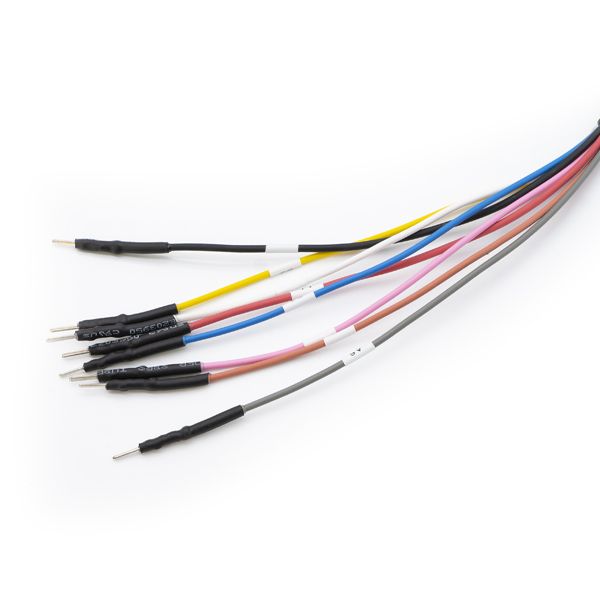

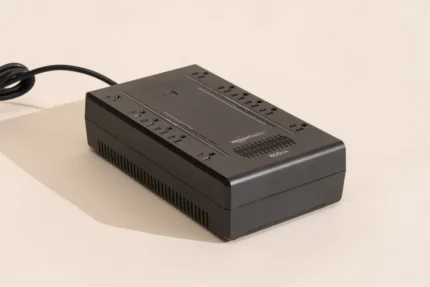

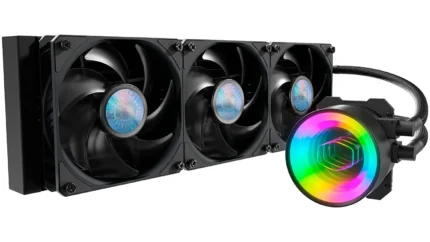
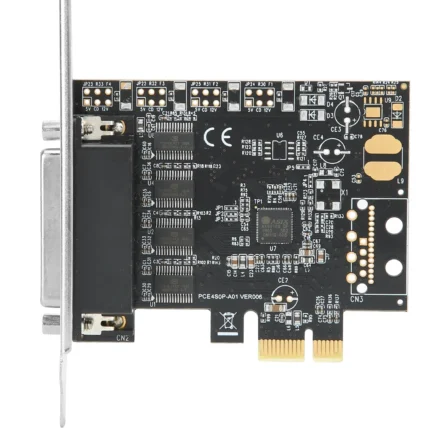
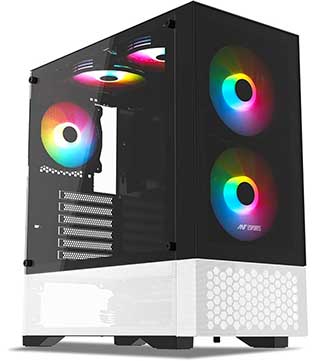
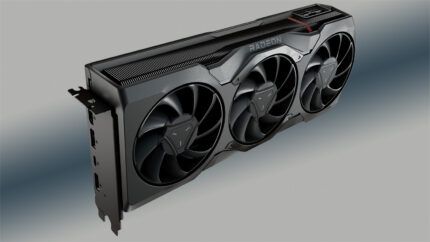

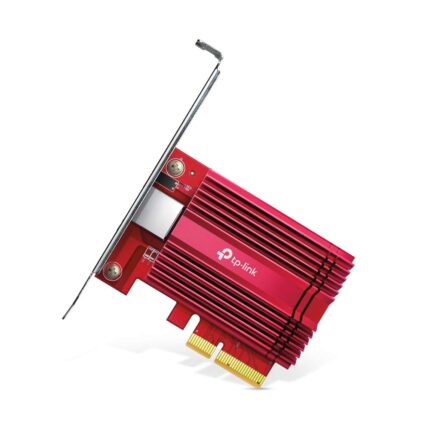

Reviews
There are no reviews yet.